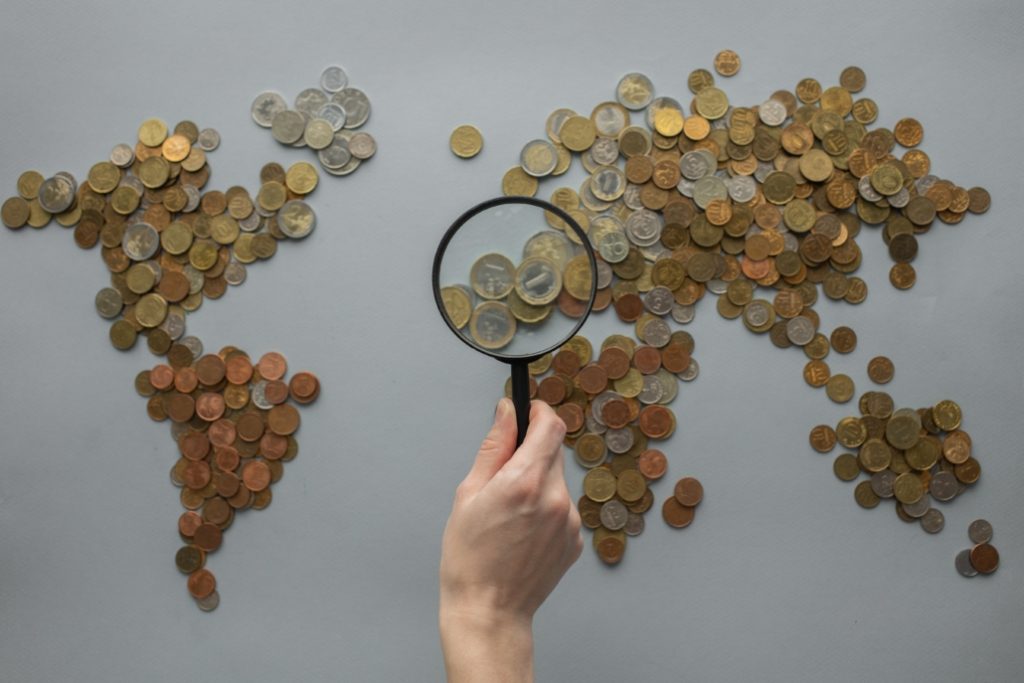Debt Management: A Critical Concern for Nations
The increasing debt burden in Malaysia has reached unprecedented levels, prompting concerns and discussions on the sustainability of such financial obligations.
The concept of a ‘fiscal deficit’ arises when a government’s spending surpasses its revenues, necessitating the borrowing of funds either domestically or internationally. Malaysia has grappled with this issue for the past two decades, with the current deficit marking one of the largest since the nation’s inception.
The stark reality was articulated by former second finance minister Datuk Seri Johari Abdul Ghani, stating, “There is no running away from the RM1 trillion debt that we have incurred.” As Malaysia’s income stagnates and expenditures surge, the pressing question lingers—can the country effectively manage its towering borrowings amidst escalating interest rates?
Projections indicate a worrisome trend in debt service charges, estimated to reach 16.1% or RM46.1 billion in 2023, with the likelihood of further escalation. This translates to a significant portion of government revenue—RM16.10 for every RM100—allocated towards debt servicing.
Comparative analysis against other countries sheds light on Malaysia’s external debt of RM269 billion (USD56.7 billion) in contrast to Singapore’s SGD2.4 trillion (USD1.7 trillion). While the figures may portray a favorable picture, the underlying narrative unfolds a more nuanced reality.
Economist Dr. Yeah Kim Leng emphasizes the significance of using borrowed funds for investments that yield substantial returns, distinguishing between debts fueling development and those catering to operational expenses. The quality of debt is crucial in ensuring economic advancement in the long term.
An analysis of Malaysia’s expenditure allocations unveils that a substantial 80% of the forthcoming year’s budget is earmarked for recurring operational costs, leaving a mere 20% for developmental initiatives.
The core component of Malaysia’s debt portfolio comprises domestic borrowings, primarily sourced from banks, insurance companies, the EPF, and KWAP—reflecting a scenario where the government borrows extensively from its citizens.
While the debate surrounding debt dynamics ensues, experts such as Prof. Dato’ Dr. Ahamed Kameel Mydin Meera caution against the potential pitfalls of borrowing practices, especially the nuances between domestic and external borrowing.

To navigate the escalating debt landscape, a dual strategy involving revenue enhancement and expenditure prudence is imperative. Dr. Yeah Kim Leng advocates for bolstering private sector engagement through incentivization and fostering opportunities for emerging industries, alongside a call for judicious spending practices and targeted subsidies to maximize impact.
Amidst the complexities of debt dynamics, Malaysia’s predominant reliance on the Ringgit offers a degree of stability and insulation against foreign exchange fluctuations—a notable resilience compared to counterparts facing more precarious debt scenarios.
As Malaysia charts its course in debt management, a cautious and strategic approach towards balancing burgeoning expenditures with sustainable repayment plans is imperative for long-term financial health.
Debt Management: A Critical Concern for Nations Read More »
Debt Help

